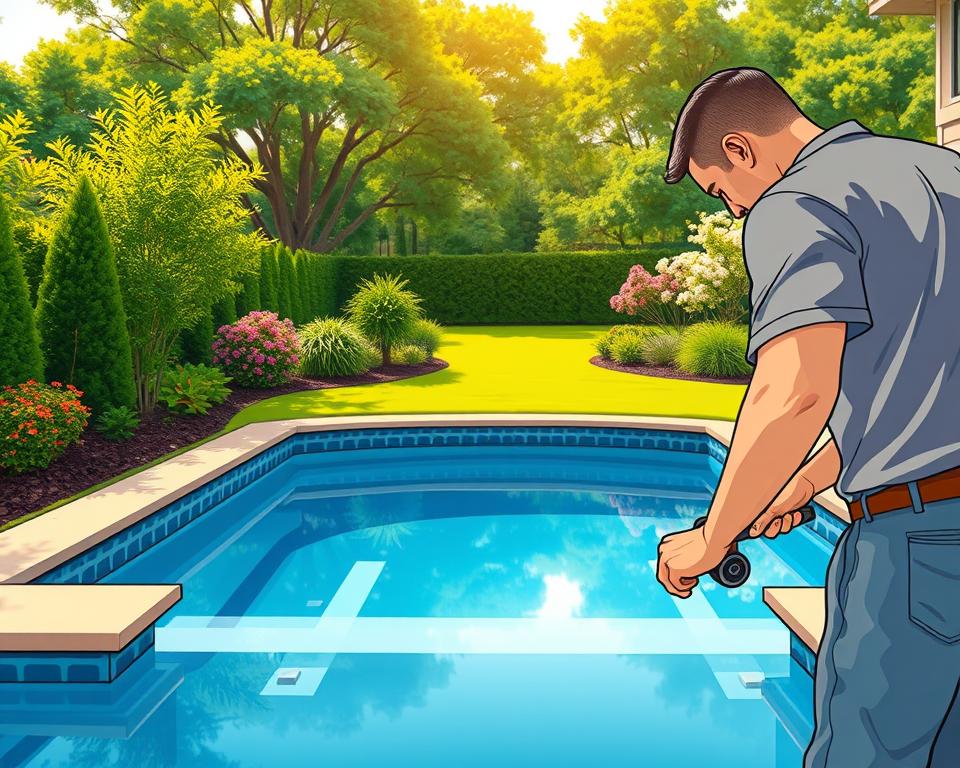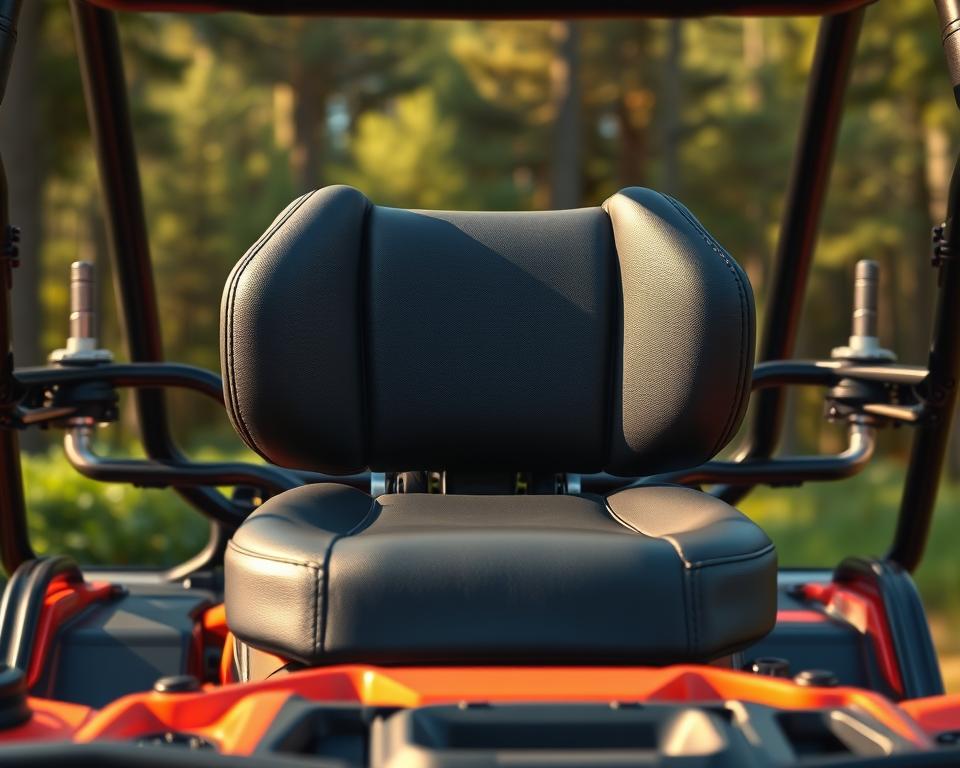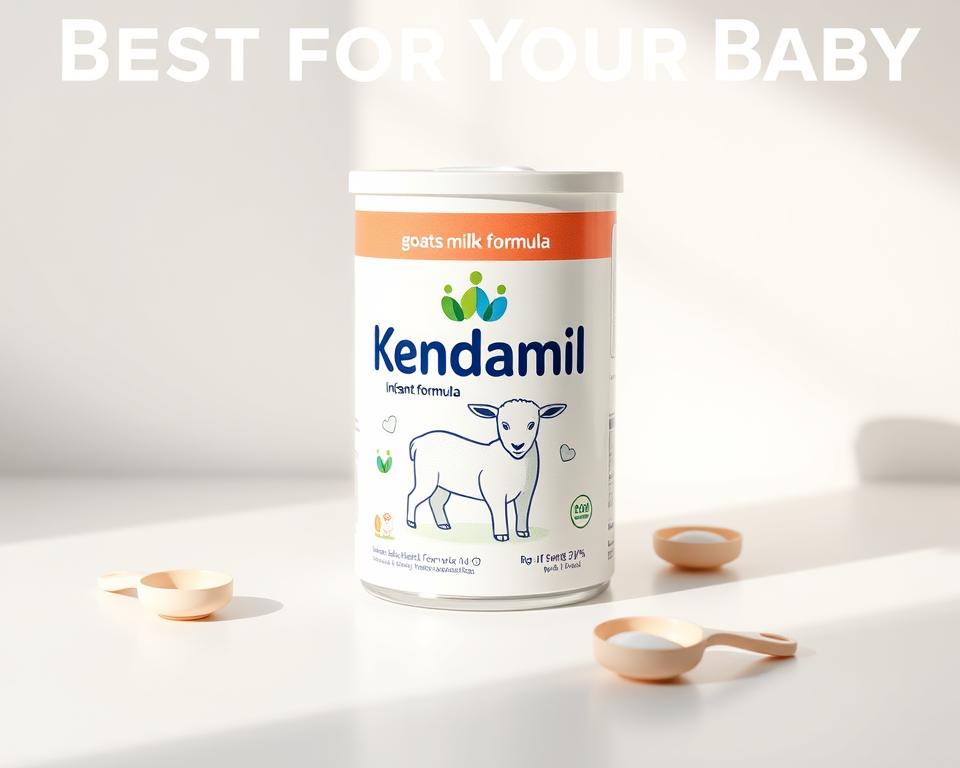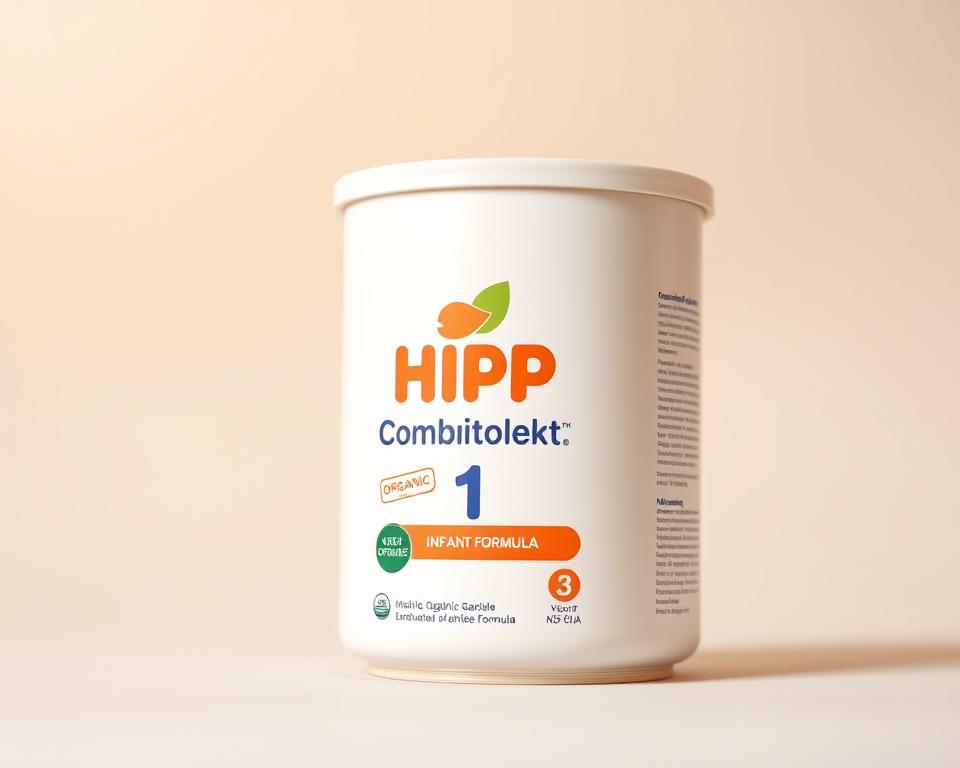Hire Private Security Los Angeles For Reliable Event Safety
Fun fact a lot of event teams request short-notice on-site coverage and receive certified guards the same day? Such fast turnaround can be critical when attendances, venues, and schedules move rapidly.
David Shield Security is a dedicated event partner that builds full-scope protection plans. We adapt staffing to venue size, audience profile, and exposure level while maintaining smooth guest movement.
Clients may choose executive protection agencies Los Angeles for high-visibility coverage or low-profile checks. Our BSIS-certified teams manage access control, bag checks, credential screening, and synchronized actions with venue staff and local authorities.
Plans limit delays with clear post orders, communication trees, and layered measures like outer-ring posts, surveillance monitoring, and 巡逻走动. Rapid deployment and flexible armed or unarmed options support rush needs across the county.
Highlights
- David Shield Security offers customized event protection plans.
- Clients can request high-visibility or low-profile guards for check-in and credentialing.
- Teams are BSIS-certified and collaborate with venues and law enforcement.
- Layered measures reduce disruption while improving safety.
- Quick dispatch enables on-site coverage same day for last-minute needs.
David Shield Security: Reliable Event Protection You Can Trust in Los Angeles
David Shield Security offers a reliable, right-sized approach so organizers can count on smooth operations from setup to last call.
As a company focused on events, we deliver documented procedures, trained supervisors, and verified check-in/out routines. Our team syncs with producers, vendors, and venue management to align timing, staging, and guest flow.
We use a tiered model: credential verification, bag screening, access control, perimeter posts, mobile units, and an on-site command channel. Personnel are trained in de-escalation and situational awareness to defuse problems discreetly while keeping guests relaxed.
Compliance and accountability matter. We keep incident logs, maintain chain-of-custody for confiscated items, and liaise with local authorities when needed. Supervisors review posts and adapt coverage in real time.

- Scalable services for small private events and large public events
- Defined instructions and communication trees to speed entry at peak times
- Compliance-ready protocols and documented incident procedures
Clients rely on our services to focus on programming and hospitality while we manage the logistics of physical protection and crowd control.
Hire Private Security Los Angeles
Effective event protection begins with a walkthrough that identifies choke points and guest flow.
David Shield Security helps organizers, businesses, and individuals through a straightforward intake. We match a risk assessment with staffing recommendations so headcount aligns with crowd size and guest demographics.
Key decisions include uniformed versus plainclothes, armed vs unarmed, and fixed posts versus roving patrols. Our teams finalize post orders after a pre-event walk-through, noting VIP corridors, load-in routes, and restricted zones.
Officers manage ID checks, guest lists, and layered access to green rooms, stages, and storage. Dispatch and supervision confirm punctual arrival, radio briefings, and site maps before doors open.
- Scale staffing for peak arrivals, valet areas, and bars
- Align medical support, evacuation routes, and muster points
- Supply thorough incident reports for venue compliance and reviews
Early booking coordinates services across Los Angeles with venue rules and neighborhood considerations. For most events, this planning balances hospitality with firm control.
Event Security Services Customized to Your Venue, Crowd, and Risk Level
A solid event plan starts with mapping the venue, assessing the crowd, and prioritizing critical entry points. David Shield Security designs tailored event security plans that unify people, process, and technology to keep guests safe while reducing queues.
Access Control, Bag Checks, and Credential Screening
Access points are organized for efficient throughput. Bag checks, guest-list validation, and credential screening work together to minimize wait times.
- Clear signage, wristband tiers, and staff briefings at call time.
- Policies for prohibited items and documented confiscation procedures consistent with venue rules.
Crowd Management, Lines, and Entry Flow
Queue design uses stanchions and usher teamwork. Guards watch capacity and shift lanes in real time to avoid crowding.
Uniformed presence reduces incidents, while plainclothes officers observe discreetly near VIP zones and green rooms. Post positions at bars, stages, and corridors prevent overcrowding.
Surveillance Monitoring and Mobile Patrols
Camera monitoring connects with radio communications and roving patrols so anomalies are identified fast. Patrol frequency adapts to program timing and crowd behavior to preserve security across the area.
Armed and Unarmed Guards for Every Event Scenario
Choosing the right mix of armed and unarmed staff shapes both safety and guest experience at every event.
When Armed Officers Are Recommended
Armed protection works best at events with high-value assets, cash handling, or higher risk from public interest or controversial programming. Officers assigned to asset control points, docks, and perimeter choke points hold BSIS licenses and complete firearms and de-escalation training under California rules.
Unarmed Guard Advantages for Welcoming Environments
Unarmed guards prioritize observation, access control, and crowd management while projecting hospitality. They reduce friction at check-in, queues, and stage wings by using customer-service-forward engagement and swift reporting.
David Shield Security builds mixed deployments—armed teams at cash rooms and asset zones, unarmed teams at entrances and VIP hospitality—to balance protection and comfort. Threat assessments use past incidents, guest profiles, venue context, and neighborhood factors.
- Compliance: BSIS licensing, use-of-force training, and clear SOPs.
- Escalation: unarmed guards escalate to armed counterparts or law enforcement when threats emerge.
- Professional standards: punctuality, appearance, and venue rule adherence for all services.
Executive Protection and Bodyguards for VIP Guests and Speakers
For VIPs and high-profile speakers, dedicated close-protection teams coordinate every movement and risk detail.
Executive protection officers conduct advances: venue sweeps, route planning, and managed arrivals/departures. They identify surveillance indicators and lower exposure for clients.
Protective formations and discreet bodyguards adjust to stage times, press lines, and meet-and-greets. The team syncs to event command to align timing with crowd control and vehicle staging.
- Personal security plans for individuals with business visibility.
- Contingency routes and fast relocation plans for crowd surges or protest activity.
- Team roles: EP lead, close protection officers, and a driver with encrypted radio channels.
| Service | Typical Tasks | Benefit |
|---|---|---|
| Advance Work | Venue sweeps, route checks | Reduced surprise risks |
| Close Protection | Discreet escorting, formations | Safe, comfortable public presence |
| Contingency Planning | Fast relocation, protest response | Maintains continuity and safety |
Armed security options are available when policies and risk assessments require them. Post-event debriefs capture lessons and improve next plans.
Events We Secure in Los Angeles
David Shield Security protects a wide range of gatherings across the region, matching staff and protocols to each occasion.
Our teams support corporate functions and product launches with controlled guest lists, media zones, and brand-asset protection. We set clear access points, credential lanes, and media staging to safeguard property and speed entry.
Corporate Functions, Conferences, and Product Launches
Planned coverage includes lobby screening, VIP escorts, and asset monitoring. Briefings align staff with production schedules and peak arrival times to prevent delays and secure installations.
Private Parties, Estates, and Weddings
For estate events and weddings we focus on privacy, valet flow, and neighbor relations. Teams protect home boundaries and manage guest movement while respecting noise and curfew rules.
Large shows need perimeter fencing, bag checks, stage protection, and egress planning. Crowd managers and roving teams adapt plans as the crowd changes through the night.
| Event Type | Typical Tasks | Staffing | Notes |
|---|---|---|---|
| Corporate launches | Guest lists, media zones, asset watch | Entrance teams, rovers, supervisors | Controlled access; timed entries |
| Estates & weddings | Valet flow, boundary control, neighbor liaison | Discrete posts, ushers, bodyguards | Privacy-first; family comfort |
| Concerts & festivals | Perimeter, bag checks, stage/front-of-house | Crowd managers, fence teams, med liaisons | Peak staffing for set changes and egress |
We deploy bodyguards or armed security only when risk and cash or high-value gear demand extra measures. All plans adapt to boutique events without losing professional standards.
How We Secure Your Event from Start to Finish
We create each event plan around measurable risks and clear operational roles to keep guests safe and schedules on track.
Pre-Event Risk Assessment and Post Orders
We run a formal risk assessment that analyzes layout, attendance, VIP profiles, neighborhood factors, and past incidents. This highlights likely threat vectors and medical access needs.
Findings become post orders with staffing levels, post maps, call signs, and escalation paths. These documents guide every team member and reduce confusion at peak times.
On-Site Command, Communications, and Emergency Response
On event day a lead, supervisors, rovers, and fixed posts operate on a single radio channel for fast response. Radio discipline and clear roles shorten timelines and keep the program on schedule.
Surveillance integration links CCTV monitoring to incident logging. Camera-to-ground coordination guides teams to precise locations and improves overall response accuracy.
Coordination with Venue Management and Local Authorities
We host joint planning sessions with venue operations, production managers, and local EMS or law enforcement. This clarifies emergency roles, ingress/egress for public safety vehicles, and AED locations.
Guest-facing solutions—queue guidance, ADA accommodations, and courteous bag checks—balance protection with a positive experience. Staffing scales during peaks to maintain coverage without unnecessary costs.
- Documented activity logs, incident reports, and post-event debriefs refine future solutions.
- Medical coordination and clear egress plans ensure swift, organized response.
- The team keeps comms clear so organizers can concentrate on production.
Rapid Deployment: Temporary and Short-Notice Security Coverage
Urgent activations and sudden staffing gaps require a fast, organized deployment that stabilizes risk quickly.
David Shield Security provides rapid-response teams that can deploy armed or unarmed guards on site within hours. This service fills urgent gaps when equipment fails, staff call out, or a pop-up event requires coverage today.
Common short-term assignments include overnight patrol, emergency access control, lobby presence, and protection of staging or equipment. Interim personal security details are available for principals who need escorts to vehicles or between venues.
- Same-day dispatch and quick scheduling to cover sudden event needs.
- Minimal onboarding: site brief, post priorities, comms check, and access points.
- Roving patrol routes and timed check-ins to stabilize the site while longer plans form.
| Rapid Task | Typical Duration | Benefit |
|---|---|---|
| Overnight patrol | 8–12 hours | Asset protection and deterrence |
| Emergency access control | As needed, same day | Controlled entry and guest screening |
| Personal escort | Short shifts | Discrete personal security for principals |
Even in expedited deployments, we maintain incident reporting and supervision. If threats escalate, escalation pathways support additional staffing or coordination with law enforcement to maintain safety and oversight.
Coverage Across Los Angeles County
We operate across the county, timing logistics to fit neighborhood patterns and constraints.
David Shield Security staffs events in Downtown, Hollywood, the Westside, the Valley, and coastal areas. Each area has different traffic patterns, loading rules, and neighborhood concerns that affect arrival times and guest egress.
Regional logistics and local knowledge
- Map coverage to convention centers, studios, hotels, museums, stadiums, and private estates across Los Angeles.
- Local insight informs timing, parking plans, and egress routes for guests and staff in each area.
- Downtown loading docks, Hollywood red carpets, Westside ballrooms, Valley warehouses, and coastal outdoor venues each demand tailored approaches.
Operational flexibility and coordination
Roving patrols and fixed posts respond to site limits, such as tight dock space or multiple entrances. Neighborhood relations, noise windows, and permits are managed proactively.
| Need | Action | Benefit |
|---|---|---|
| Large street impact | Coordinate with local authorities | Smoother traffic and safe crowd control |
| Hospitality events | Work with building management and union crews | Aligned timing and fewer delays |
| High-value assets | Evaluate armed security options | Improved protection where needed |
Supervision, clear communications, and steady SOPs keep service quality reliable across the county. Organizers and business clients can expect the same care from pre-event planning through teardown, with Los Angeles services tailored to each venue.
Licensed, Insured, and BSIS-Certified Security Professionals
All David Shield team members hold current California licenses and meet strict vetting standards before assignment. Our officers are BSIS-certified for both armed and unarmed roles, ensuring compliance with state rules for event operations.
The company maintains insurance levels required by venues and municipal permits. Certificates of insurance are available to satisfy vendor or venue demands.
Training covers observation, conflict prevention, de-escalation, emergency procedures, and incident documentation. Regular drills and classroom refreshers keep skills current.
- Background screening and professional standards meet leading event companies in the region.
- Supervisory checks and on-site audits enforce post orders and conduct requirements.
- Clear reporting formats comply with venue and insurer expectations for incident logs and after-action notes.
Our teams bring event experience across types from galas to multi-day conferences and concerts. We unite protection objectives with hospitality at guest-facing posts.
Scheduling discipline, reliable backups, and ongoing training create a service culture that adapts to evolving risks and maintains consistent performance.
Why Choose David Shield Security for Your Event
For events that demand quiet coordination and clear deterrence, David Shield Security provides proven solutions.
Our clients pick us for dependable performance, thorough planning, and fast communication. We tailor services to venue rules, brand standards, and audience expectations so every plan matches requirements.
- Client-first approach: staff and post orders fit production timelines and vendor schedules.
- Versatile capabilities: event operations, executive protection, and personal security for principals.
- Consistent supervision: pre-shift briefings, on-call leads, and post-event debriefs that enhance outcomes.
We combine security with guest comfort to keep guests comfortable and provide peace of mind. Responsive staffing and right-sized posts manage budgets while meeting safety goals for business events and private gatherings.
Positive word-of-mouth means many clients highly recommend our team. Contact us to discuss your needs so we can model coverage options and provide a precise quote.
Visible Deterrence, Fast Response, and True Peace of Mind
A clear, well-organized presence at key entry points prevents issues early.
Visible posts at entrances and choke points deter rule-breaking. A clear presence indicates firm oversight and guests move more smoothly.
Roving guards keep eyes on high-traffic zones, back-of-house corridors, and parking areas for early indicators of risk. Those rovers report unusual activity and can respond before problems grow.
Coordinated surveillance observation directs a guard rapidly to anomalies. Rapid response protocols focus on safety first while reducing impact.
- Courteous but firm interactions support safety and image.
- Radio discipline and designated call signs shorten response at peak moments.
- Layered visibility and monitoring build deterrence without creating friction.
| Element | How It Works | Benefit |
|---|---|---|
| Visible Posts | Fixed positions at entries and choke points | Immediate deterrence and orderly flow |
| Roving Guard Teams | Regular sweeps of high-risk areas and parking | Early detection and fast intervention |
| Surveillance Coordination | Camera feeds direct ground response | Targeted, efficient deployment |
All interventions are documented and followed up to support compliance and ongoing refinement. Training in situational awareness and quick decision-making keeps the team alert and effective.
The result is genuine reassurance: balanced protection and hospitality so guests feel safe and welcome throughout the event.
Trusted by Homeowners and Businesses Hosting High-Profile Events
David Shield Security is the trusted partner for hosts who need privacy and clear protocols. We secure private estates and corporate sites with equal care.
At a home event we coordinate with neighbors, protect property, and protect family and guests. Controlled access, vendor vetting, and privacy measures keep the evening orderly and discreet.
For business launches we unite guest experience with asset protection. Visitor management, credential lanes, and asset protection keep companies focused on the guest experience.
Services cover boutique parties to red-carpet events without reducing professionalism. Experienced supervisors coordinate with planners, caterers, and venue staff to keep flow smooth.
- Discrete estate protocols to protect valuables and manage vendor access
- Corporate guest handling and layered access control for brand events
- Personal security escorts for an individual host or keynote that integrate with overall staffing
Clients often highly recommend our team after events run smoothly and with minimal disruption. Documentation and after-action notes inform future planning and build repeatable experience for both home and business hosts.
Get a Customized Security Plan and Quote Today
Start a custom security plan and receive a clear quote that matches your schedule and goals.
Share event details so our team can scope a plan that complies with venue rules and guest experience goals. Tell us attendee counts, layout notes, VIP needs, and any special risks.
We assess security needs by studying capacity, choke points, ingress/egress, and VIP movement. That analysis sets the right staffing mix and roles for each post.
- The quote includes post orders, headcount, shift schedules, radio channels, and supervisor structure.
- Options for personal security escorts are available and can be embedded with broader event staffing.
- Transparent pricing and scalable services fit business events, estates, and public gatherings.
Contacting us today moves scheduling forward, briefings, and equipment readiness before event day. We collaborate with clients to fine-tune plans during rehearsals and arrival windows.
| Deliverable | What It Shows | When It’s Ready |
|---|---|---|
| Site-based quote | Post map, headcount, and cost estimate | After consultation and review |
| Communications plan | Radio channels, call signs, escalation paths | Pre-event briefing |
| Service kickoff | Site orientation, radio checks, safety briefings | At shift start |
Solutions cover single-day, multi-day, or recurring events. Reach out to finalize dates and secure your preferred crew.
Conclusion
For every event, we create layered plans that match venue layout, audience profiles, and timing needs. Our certified team provides dependable security and clear procedures so organizers can stay focused on production.
David Shield Security scales services across event types and audience profiles, and it integrates executive protection and personal security for VIPs without interrupting guest comfort.
We align plans to client needs, venue rules, and neighborhood constraints to ensure smooth operations. Early booking is advised during peak times to lock preferred dates and crews.
Contact the company for a tailored plan that covers planning, staffing, supervision, and reporting. The result is forward-leaning, professional coverage and true peace of mind for business hosts and individuals.









